How to : Sew a little sewing needle organizer or fabric gift tag

The materials you'll need:
- An award ribbon shaped template, I'll explain the dimensions in the video. (Newsletter subscribers and customers can download the welcome mail)
- Scrap fabric. An A4 sized piece should be enough to make two
- Matching thread ( I use Gutermann all purpose thread)
- A marking pen or pencil
- Scissors
- A seam ripper or hole punch
- 1 x 4mm per ribbon/organizer. I used a box from prym, that I had left over from old projects.
- Pinking shears for a fancy zig zag edge
You can sew along with the video:
Happy sewing!
Charlotte
PS: looking for a fun and free sewing project? Sign up to the newsletter for a free copy of the smallest Tsuno Tie Bag and sew up some scraps. If you sign up you also get access to the free printable swatch library, sewing project planner and a few other handy templates. You'll receive the files in your welcome mail :)






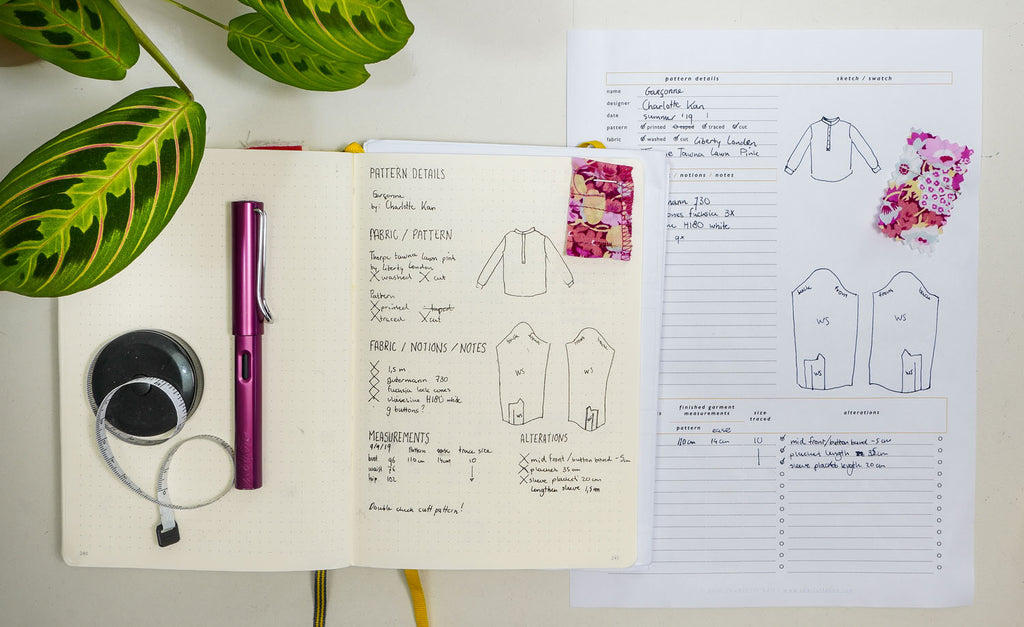

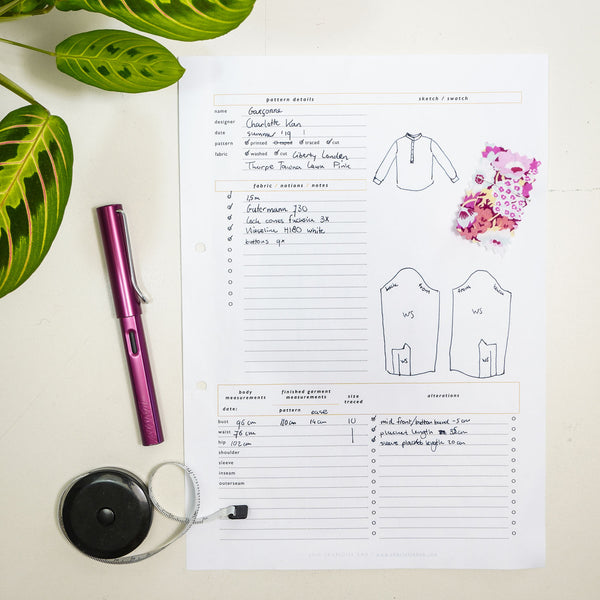
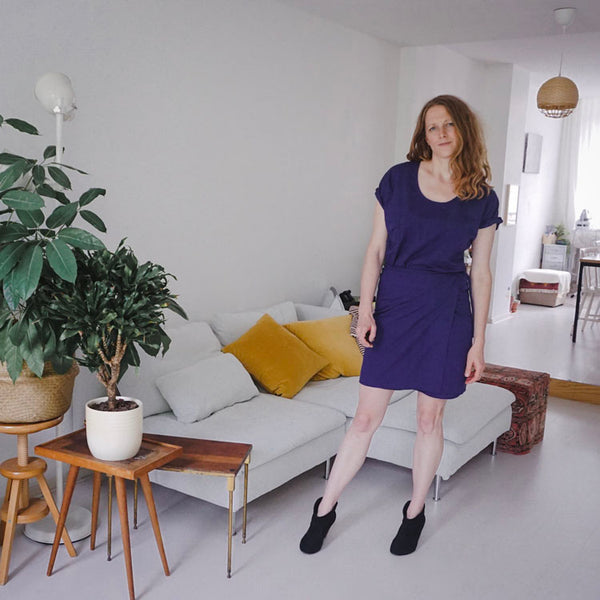
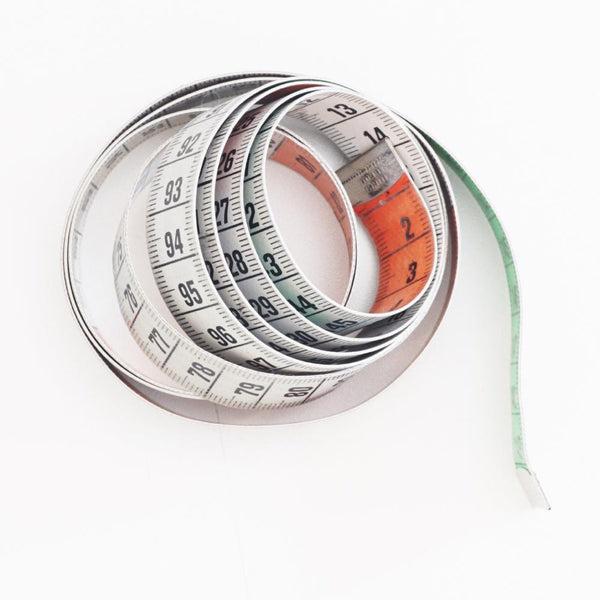
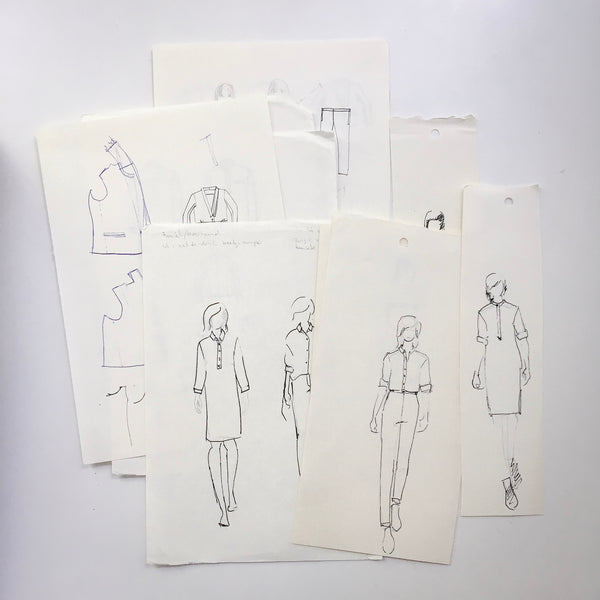
 This glossary of sewing terms for the beginner is an A-Z guide that explains many terms, but also includes some tips and tricks that I think you might find handy. The list is a work in progress and I'll add links to tutorials, images and videos when I create them. Let me know in the comments if I missed a crucial sewing term you would like to know about.
This glossary of sewing terms for the beginner is an A-Z guide that explains many terms, but also includes some tips and tricks that I think you might find handy. The list is a work in progress and I'll add links to tutorials, images and videos when I create them. Let me know in the comments if I missed a crucial sewing term you would like to know about.

